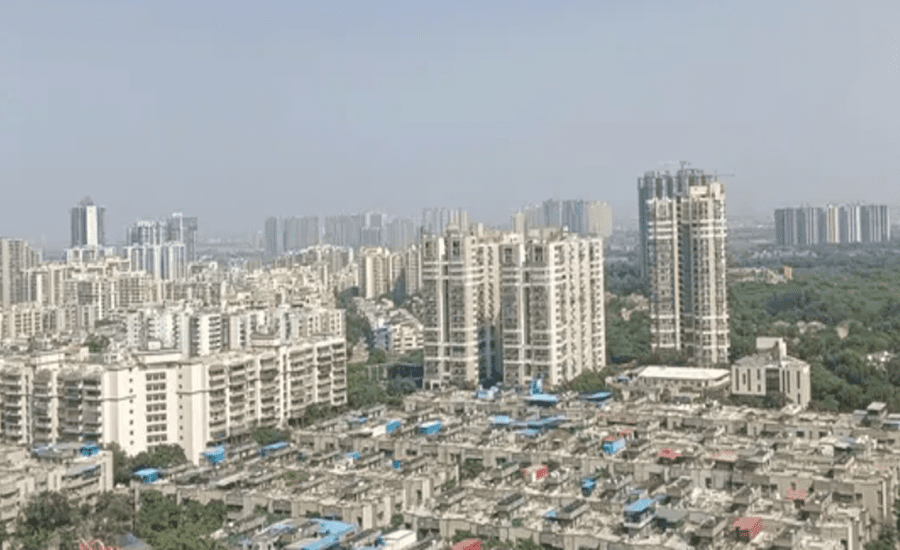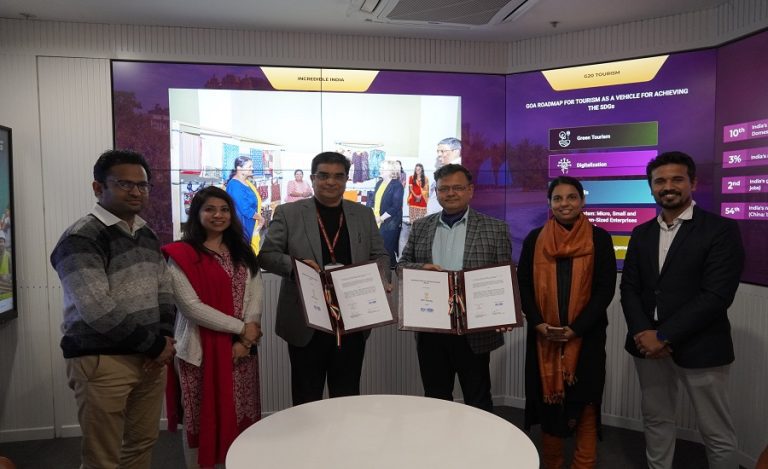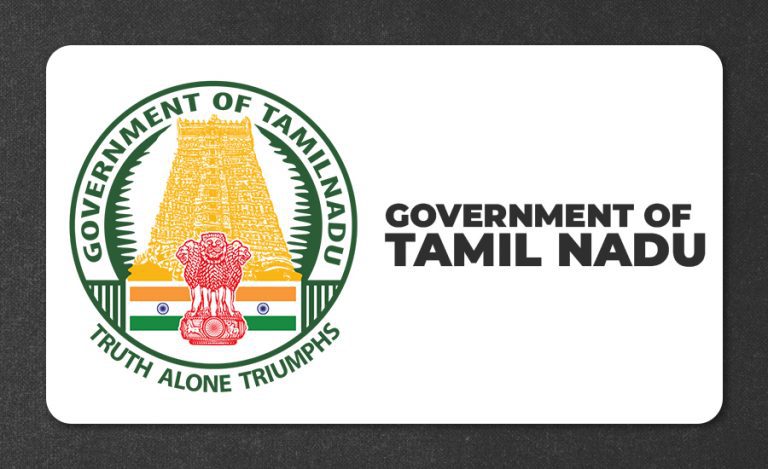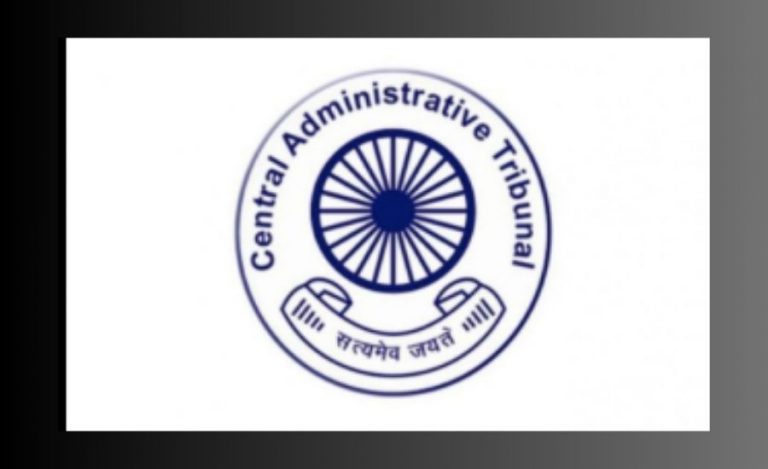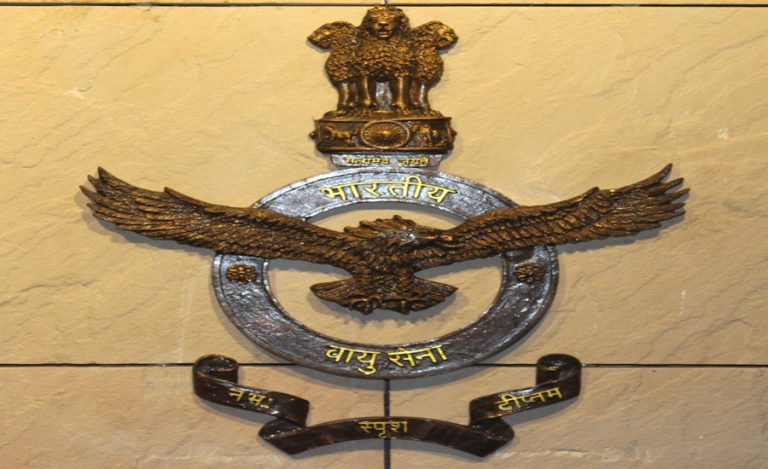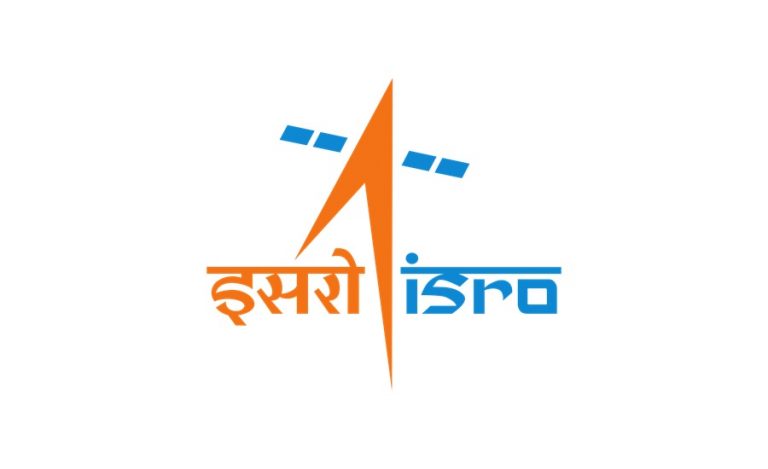The Uttar Pradesh government has approved the GIS-based Integrated Master Plan 2031 for Ghaziabad, Loni, and Modinagar/Muradnagar. The plan, prepared by the Ghaziabad Development Authority (GDA), focuses on structured urban expansion, sustainable growth, and improved connectivity through Transit-Oriented Development (TOD).
Focus on Transit-Oriented Development Zones
A major highlight of the Master Plan 2031 is the allocation of 4,261.43 hectares as TOD zones along the Regional Rapid Transit System (RRTS) corridor and 636.61 hectares along Metro corridors. These TOD zones encourage high-density, mixed-use neighborhoods within walkable distances, promoting public transport usage over private vehicles. The NCR Transport Corporation is also preparing a detailed TOD framework along the eight fully operational Namo Bharat RRTS stations and Metro Blue and Red lines.
Increased Development Area and Population Projection
According to GDA Vice-Chairperson Mr. Atul Vats, the new plan covers 32,017.81 hectares, up from 25,099.46 hectares in the 2021 plan, marking a 27.56% increase. It is designed to accommodate a projected population of 6.47 million by 2031. The plan provides land use distribution for residential (12,869.32 hectares), commercial (744 hectares), industrial (3,531.15 hectares), recreational (6,032.44 hectares), and transport-related activities (4,120.95 hectares).
Special Development Areas and Vertical Growth
Two Special Development Areas (SDAs) have been earmarked in Guldhar (510.56 hectares) and Duhai (549.5 hectares), with provisions for higher floor area ratios and vertical development. This is expected to encourage compact urban growth and better land utilization along expressways and transit hubs.
Experts Highlight Developmental and Investment Potential
Industry leaders welcomed the Master Plan. Mr. Amit Modi, Director, County Group, said the plan offers a clear roadmap for structured growth and investment opportunities. Mr. Prateek Tiwari, MD, Prateek Group, emphasized that the integrated GIS-based framework will make Ghaziabad globally competitive. Mr. Manoj Gaur, CMD, Gaurs Group, praised the unified bylaws that will enhance development norms and ensure regulatory uniformity across NCR.
Mr. Vikas Bhasin, MD, Saya Group, noted that infrastructure growth such as expressways and Metro expansion has already improved Ghaziabad’s livability. Mr. Vikas Tomar, Executive President, Square Yards, highlighted that the Master Plan repositions Ghaziabad from being a spillover city of Delhi to a self-sustained growth hub.
Aligning with Global Best Practices
Transit-Oriented Development has already been successfully implemented in cities like Singapore, Hong Kong, and Stockholm. By adopting similar strategies, Ghaziabad is aligning itself with global standards of urban planning, ensuring a resilient and sustainable growth model within NCR.

